Faults
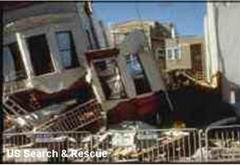
Earthquake damage caused by the 1994 San Francisco (Northridge) Earthquake.
Faults occur when rocks break due to the forces acting on them. Stress may build up over a period of many years until the fault suddenly moves – perhaps a few centimetres, or even a few metres. When this happens, it releases a huge amount of energy in an earthquake.The direction of movement on a fault depends on the type of force acting: this is explained below.
The three animations below are shown courtesy of x (www.iris.edu).
Normal Faults
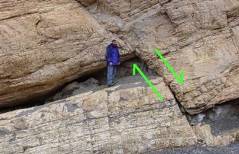
Reverse Faults
Reverse Faults occur when the crust is squashed and shortened. Shallow-sloping reverse faults are called thrusts. See the image and animation below for an example.
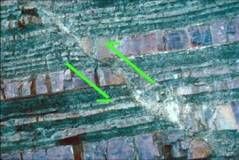
Strike-slip faults
Strike-slip faults result from shearing forces that push one part of the crust past another. See the image and animation below for an example.
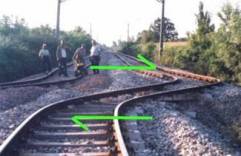
Faults in Britain
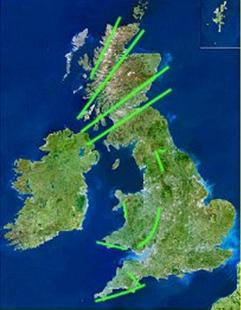
Britain has, in the past, had many active faults and many earthquakes, but very few faults are active today, so strong earthquakes are rare.
The map shows some of the faults in the UK.

